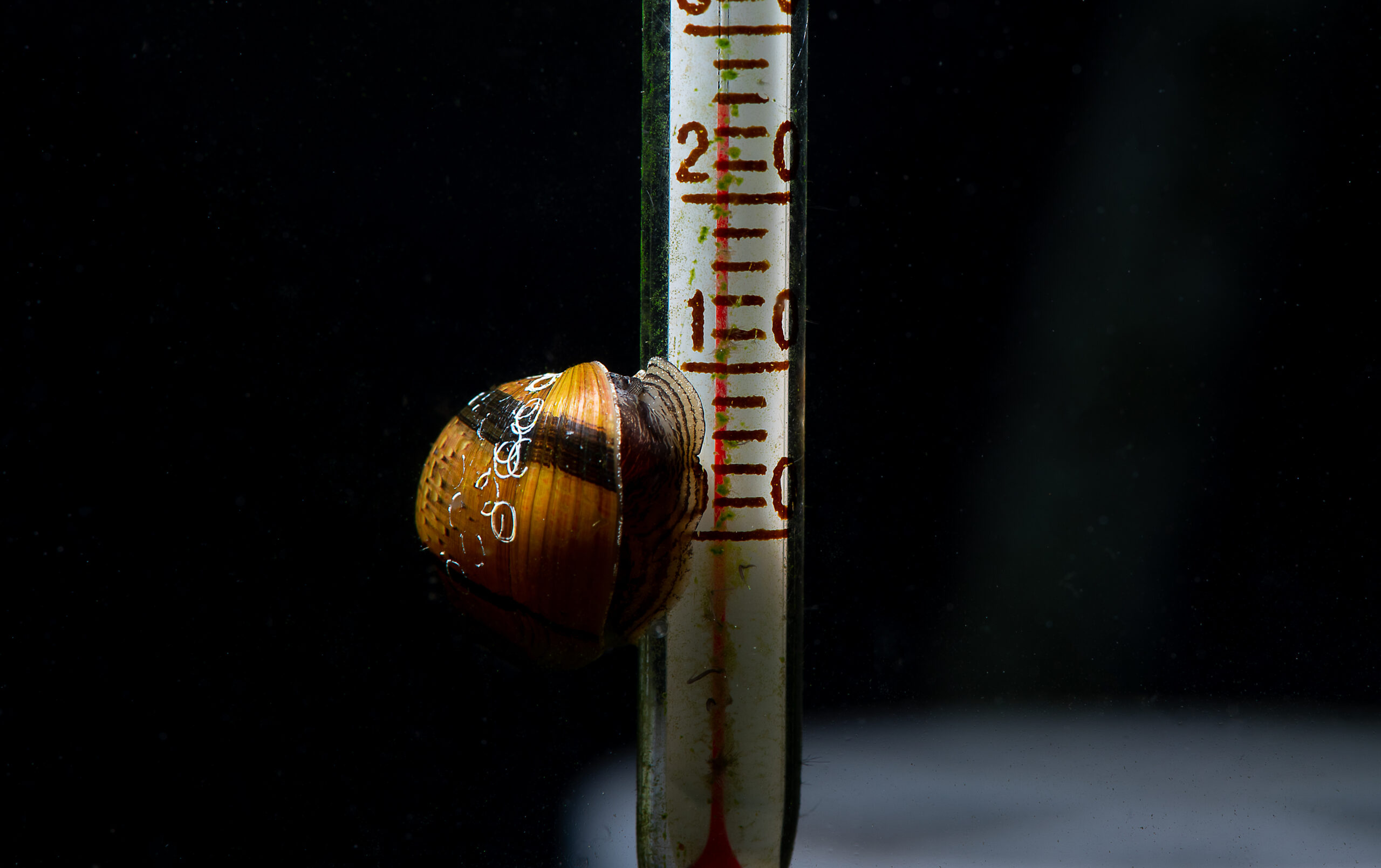How does water temperature affect fish development?
The temperature of the water in the aquarium is as important as the acidity (pH) or the content of various nitrogen compounds, although not everyone pays particularly close attention to this parameter. It is the temperature that determines the solubility of chemicals and gases (including oxygen and carbon dioxide). Therefore, its value affects the life of both plants and aquarium animals. How does water temperature affect fish? I’m going to show you relying on the results of interesting scientific studies.
Scientific papers as a source of knowledge for aquarium hobbyists
In my life I have written a great number of articles based on my experience, many years of observations and scientific papers. The latter, at first glance, are often not related to aquariums at all. Why is there so little research directly related to this hobby? Scientific research are expensive. Therefore, few people choose to devote significant financial resources to research directly related to aquaristics. They prefer to focus on much larger environments and issues related to fish farming efficiency, protecting fish health and improving their living conditions. For this reason, in order to learn about the latest discoveries about fish and their environment, it is worthwhile to analyze scientific papers, which are not directly related to aquaristics, and translate this knowledge into the world of aquarium.
How does water temperature affect fish?
Fish, as cold-blooded animals (those whose body temperature is dependent on ambient temperature), are a great example of how water temperature can affect fish entire life cycle and its length. It is worth noting, however, that the very mechanism that alters lifespan according to ambient temperature is still unknown. In addition, most of the available scientific research on this issue focuses on invertebrates. It is known, however, that ambient temperature affects: growth rate, metabolism, hatching time and ontogeny (anatomical and physiological changes). In many cases, it also affects gender and physical appearance, as well as many other traits, which entails the use and “consumption” of genetic material, which in turn affects life expectancy.
Effect of water temperature on fish sex
It is worth mentioning that there are fish species in which the effect of temperature on sex differentiation has been found. The main criterion that is taken into account in determining whether temperature affects the process of sex differentiation is the deviation from the typical sex ratio, which in nature oscillates close to a 1:1 ratio. Temperature during embryonic development affects sex not only in fish, but also in many species of other animals, such as reptiles.
For fish, this parameter has been well described on the example of the European bass/labrax (Dicentrarchus labrax). The studies examined the mechanism of temperature’s influence on sex determination (TSD, or temperature-dependent sex determination). The eggs developed at the appropriate stage were taken for testing, and then divided into four groups. Each group was incubated at a different temperature (range 15-20°C), and some were subjected to a temperature change already during the larva’s development cycle. The experiment proved that the sex of the European bass is strongly determined by temperature. The number of females decreased from 73.1% of the total number of individuals to 22.5% as temperature increased.
Effect of temperature on fish muscle
Numerous studies indicate various relationships between the conditions in which fish develop and their adaptation to their environment. And so in tropical fish, like zebra danios, muscles developed better at higher temperatures. In contrast, in the case of the European bass, the effect of temperature was the opposite, and the muscles developed better at lower water temperatures.
Just as a person can have (or develop) a more muscular physique, the ratio of specific muscles to the rest of the body can affect the morphological structure of a fish. The study showed that European basses bred at 15°C were much better swimmers than those living at 20°C. Temperature also affected the shape of the fish – individuals bred at a lower temperature were more slender.
The above relationship in zebra danio was the opposite: better swimmers, with a more slender build, were those incubated at higher temperatures. In addition, it was shown that the optimum temperature in the embryo needed to grow the fittest swimmers was 26°C. At this temperature, the fish developed 18.8% more white (fast, slow-shrinking) fibers as a result of hyperplasia (an increase in the number of muscle fibers) than at 22°C, and 13.7% more than at 31°C.
From small fish to modern medicine
Research on zebra danios shows that ambient temperature during the development and growth stages has a huge impact on the entire adult life of the fish. It can determine gender, disrupt or improve swimming ability, and affect physical appearance. Interestingly, this type of research helps scientists find new therapies to treat diseases in humans and understand how their body functions.
Bibliography:
Temperature sex determination in the European sea bass, Dicentrarchus labrax (L., 1758) (Teleostei, Perciformes, Moronidae): critical sensitive ontogenetic phase; George Koumoundouros i inni (2002)
Rapid evolution of muscle fibre number in post-glacial populations of Arctic charr Salvelinus alpinus; Ian A. Johnston i inni (2004)
The behaviour and ecology of the zebrafish, Danio rerio; Rowena Spence i inni (2008)
Thermally induced phenotypic plasticity of swimming performance in European sea bass Dicentrarchus labrax juveniles; George Koumoundouros i inni (2009)
Embryonic temperature affects muscle fibre recruitment in adult zebrafish: Genome-wide changes in gene and microRNA expression associated with the transition from hyperplastic to hypertrophic growth phenotypes; Ian A. Johnston i inni (2009)
Effect of developmental temperature on swimming performance of zebrafish (Danio rerio) juveniles; Dimitris G. Sfakianakis (2010)










